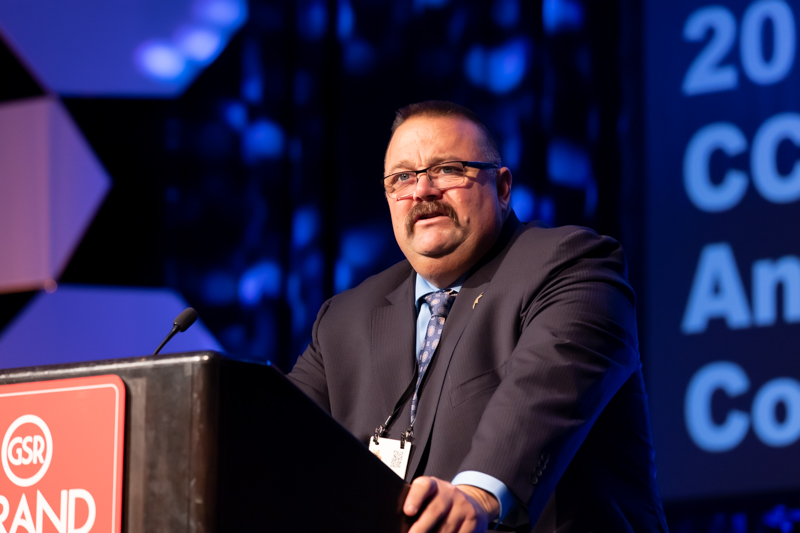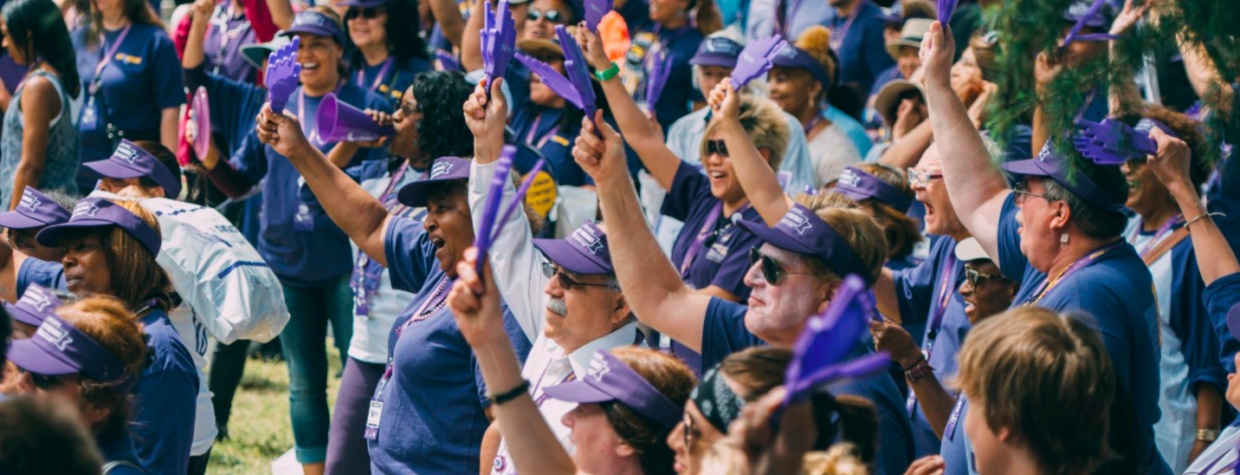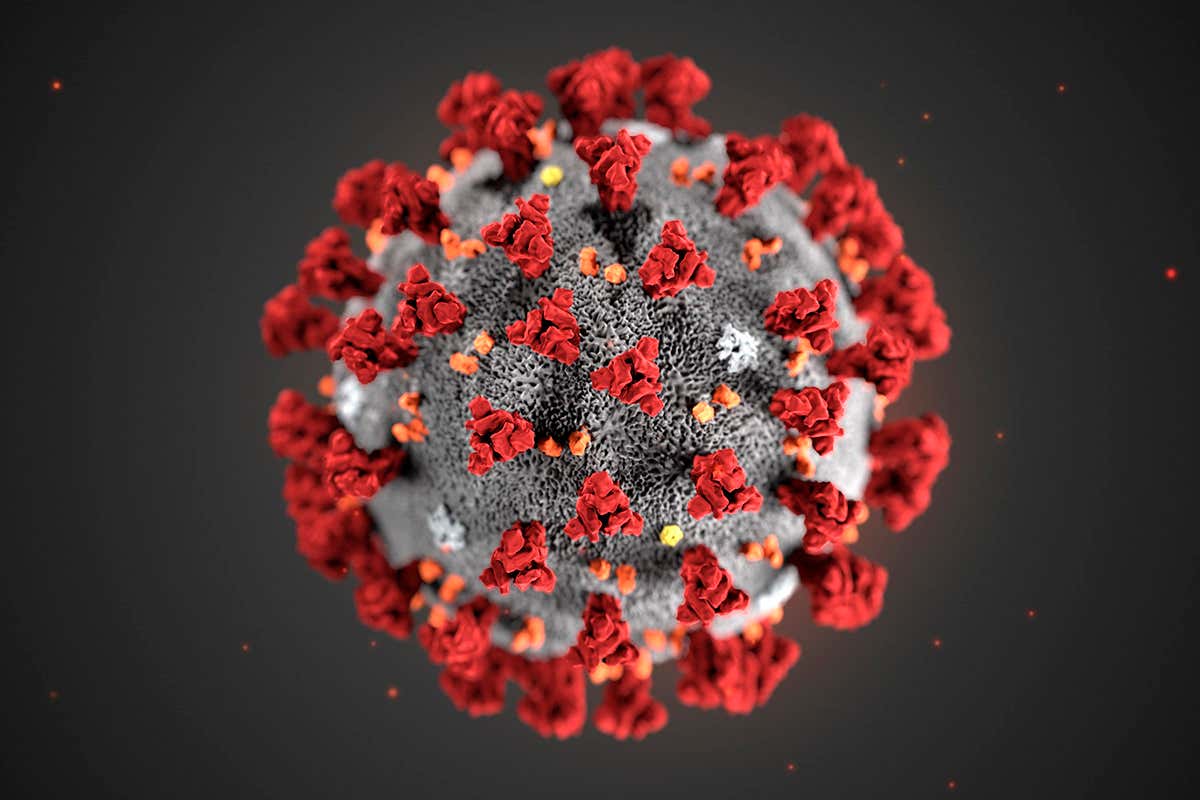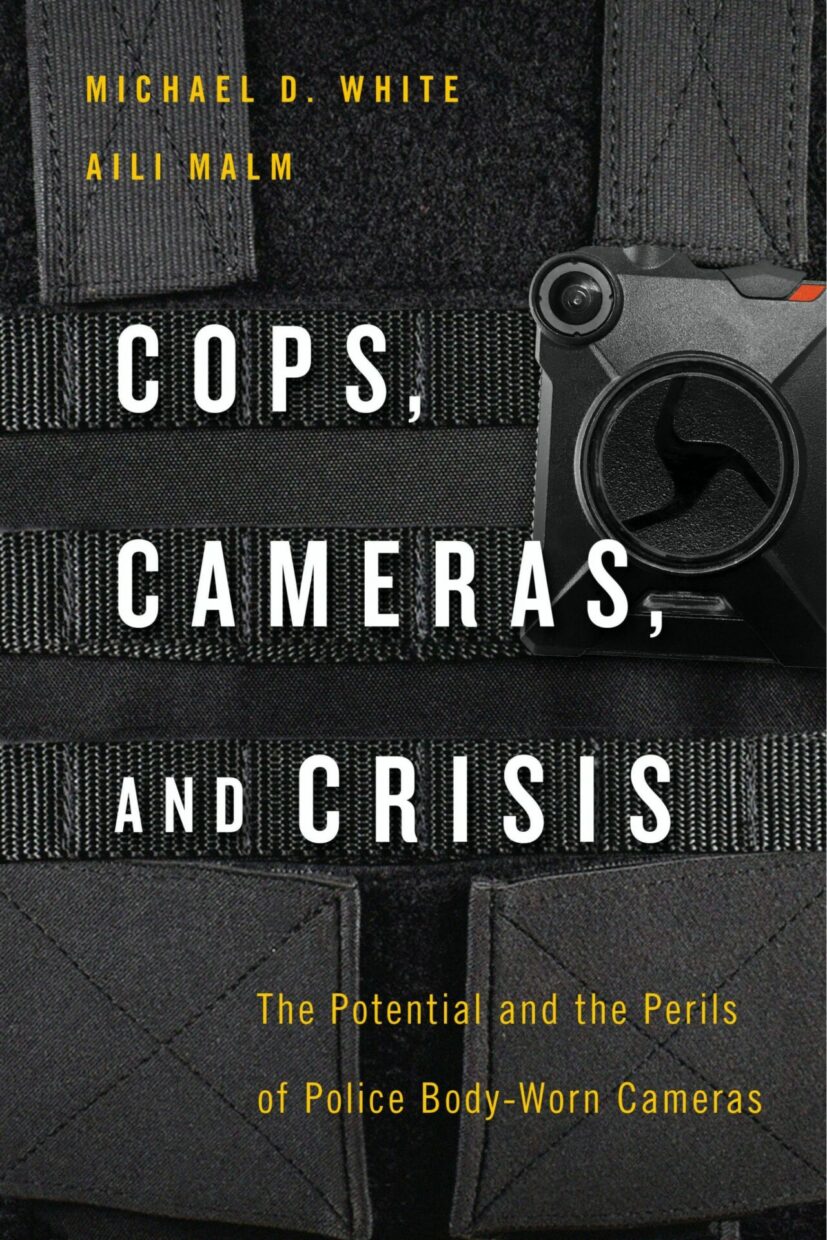Amidst the cries to make profound changes to our incarceration policies, the silence from CCPOA, the prison guards’ union, has been deafening. While SEIU Local 1000, which represents prison workers, has filed a grievance against CDCR for putting their lives at risk, no such steps have been taken by CCPOA.
But it’s not just silence: When watching the legislative hearing on COVID in prisons, I was struck by the exchange between Assemblymember Ting and the CCHCS doctor who testified about PPE-wearing deficiencies in the prison authority’s COVID-19 plan. Here’s the bit I’ve been ruminating about. When the doctor was asked about the deviations from protocol regarding mask-wearing, which were plastered all over the IG report, he hastened to clarify that he did not doubt the efficacy of masking for preventing infection. Nonetheless, he attributed masking noncompliance in CDCR facilities to the fact that the masks were “thick, hot, hard to breathe.” The doctor explained that we should “extrapolate” what it was like for people on the outside to wear them for part of the day to people who “are expected to wear them 24/7, 365, because they cannot get away by themselves in a closed room with no one else. It’s a heavy lift. The overwhelming majority of patients and staff are doing a good job – they are not being perfect, they are fallible. Our physical plant is not conducive to people complying.”
Finally, the doctor admitted that the missing piece was the “disciplinary component of what we’ll do with folks who are just not willing to comply. That component is being strengthened and it will improve even more.” Ting wondered why this had not been done previously: “You work for Mr. Kelso, and he has fairly broad authority in this realm. why didn’t you use your authority to ensure everyone was wearing a mask?” The doctor insisted that wearing a mask was “not a choice” and that there was a “firm consistent message from secretary and receiver about our expectations about face coverings. I’ve personally been to 14 facilities since July and reminded staff and patients. There’s been a really clear expectation. The part that was not there was a progressive disciplinary process. I guess we hoped that people would do the right thing.”
This hope is extraordinary, given how CCPOA has been investing its time and money. A story in today’s Sac Bee shows that, instead of fighting for union members’ lives and wellbeing by demanding population reductions and preventative measures, or at minimum instructing them that they should wear masks, CCPOA leadership has been busy… politically and financially backing the punitive ballot propositions that lost last week. The article explains:
The prison guards’ union, through its political committees, spent $1 million to support incumbent Los Angeles County District Attorney Jackie Lacey, but she lost to progressive criminal justice reform advocate George Gascon, a former San Francisco district attorney.
It gave $2 million to support Proposition 20, which would have stiffened prison sentences and restricted parole, but the measure is failing by a 24% margin.
And the union spent at least $1 million to support Efren Martinez, a Los Angeles businessman who lost his race against incumbent Democratic Assemblyman Reggie Jones-Sawyer, chairman of the Assembly Public Safety Committee.
The union also backed some winners, potentially including Dave Min, a Democrat who defeated Republican state Sen. John Moorlach of Orange County.
Even my rudimentary math skills suffice to determine we’re talking about more than $4 million in union money, presumably garnered from union fees. And there are two ways to parse what’s going on here, both unsavory.
The more pessimistic one is that a substantial percentage of the rank-and-file correctional officers are virulent Trumpers, conspiracy theorists, or QAanon nutcases. Perhaps they think COVID-19 is a hoax despite the fact that it has infected and sickened thousands of people behind bars and claimed dozens of lives, including one of their own. And if so, perhaps the same virulent Trumpism makes them happy that their member fees were used to support Trumplike regressive, pre-recession criminal justice policies.
The less pessimistic, but still incredibly upsetting, possibility is that CCPOA members are being taken for a ride by Glen Stailey and his own Trumpian methods, which apparently include financing political ads that put bullseyes on legislators. Stailey is apparently interested in “regaining the union’s once-renowned clout in a changed political environment”–as evidenced by his response to the Sac Bee article about the humiliating and expensive campaign losses:
Through a spokesman, Stailey declined an interview request but responded to emailed questions.
“We’re only getting started,” he said in the email. “We want to build our profile as an active participant in policymaking in California, and working on campaigns is one small piece of it.”
In other words, he’s hoping to drag us all to the house of horrors that his predecessors built.
Because I’m not an idiot, I don’t imagine this blog is particularly popular with CCPOA membership. But in the off-chance that you, dear reader, are a correctional officer, my message to you is: WAKE UP. I don’t hate you, I don’t wish bad things for you, I don’t want you to get sick and die. Stailey doesn’t give a fig about your health and work conditions. Your interests and those of the people you guard are the same. None of you wants to get infected with COVID-19. The way to do this is to safely reduce prison population so that everyone can safely distance, and to be rigorous in wearing PPE and washing hands. Look at the protection your non-CO colleagues are getting from SEIU-1000 and ask yourself whether Stailey and his cronies care about you, or whether they’re just taking your money on an expensive trip to the land of political capture.





